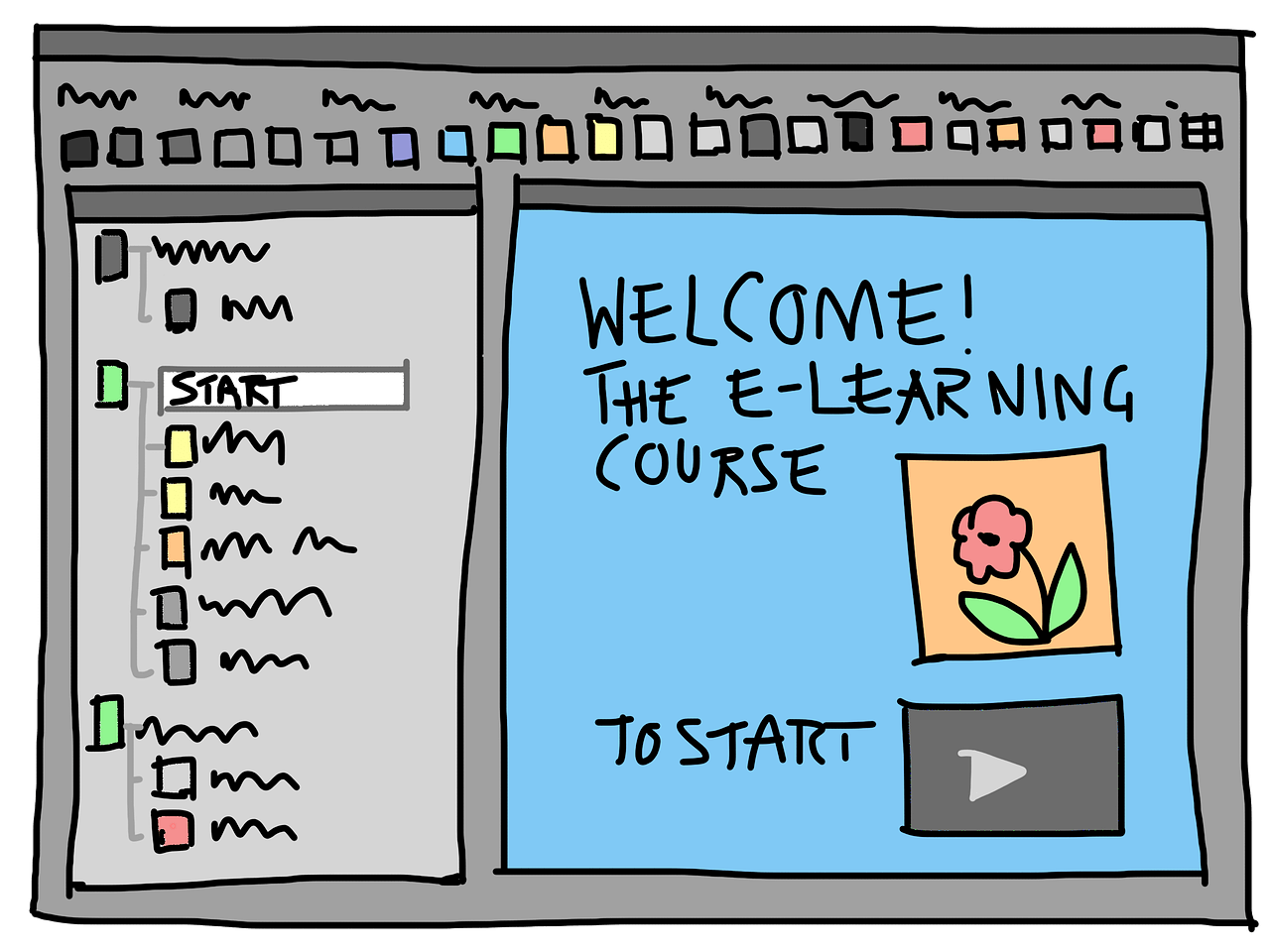The Usefulness Of A Learning Management System
Since technology is leveraged for learning purposes, students and teachers interact with each other via online forums, threaded discussions, and videoconferencing, as well as emails and chats. These tools serve several functions including course documentation, administration, and evaluation that allow both the teachers and students to maximize the use of a Learning Management System (LMS).
Your company will benefit from the installation of an effective and efficient Learning Management System.
Centralized, simplified and blended learning
First, a Learning Management System provides for a centralized source for information and education. The development, training, and performance content can be offered anywhere, anytime to the target beneficiaries from the same source, thus allowing multiple users to access the learning tools at the same time. The organization can ensure consistency in the delivery of the materials from the formulation to the evaluation of the system.
Second, a Learning Management System simplifies the learning process and procedures to make it more responsive to the client’s specific needs and wants. It is easy to use with new users figuring out the system easily, while old users will find new challenges as they progress through the system. It also accommodates multiple features necessary for the satisfactory to excellent delivery of the learning modules, including documenting, recording, and tracking. Its scalable platforms also mean that the learning modules can be adapted depending on present and future requirements.
Third, a Learning Management System makes blended learning possible. Blended learning means having the opportunity to combine multiple forms of learning including eLearning, simulation-based learning, and mobile learning, even classroom-based learning. This is because a Learning Management System is a central repository for all the modules and materials.
The bottom line: A Learning Management System significantly improves on the learning rates of employees, managers, and executives. The more reliable and relevant knowledge and skills these people acquire, the more productive and profitable the organization as a whole can be.
Technology leverage for better learning
Even in education, technology is increasingly becoming the preferred method for learning among students and teachers, for obvious reasons. Technology, after all, provides for tools and techniques that make for better cost efficiency and results effectiveness, even for client-responsive programs.
A Learning Management System leverages technology for the mutual benefit of students and teachers as well as the educational institutions and client organizations. As well as managing the back-end work, the combination of a Learning Management System and technology means establishing a reputation for being a tech-savvy, learning-savvy organization, thus attracting better people.
The benefits of technology in organizations
- Geographically independent learning wherein employees have access to their learning accounts anywhere and anytime. This increases productivity and decreases downtime, both of which will eventually redound to the organization’s benefit.
- Social learning can be increased, as a learning system can be designed with social learning elements, such as Twitter and Facebook being used as platforms for communication. Blogs, videos, and links can also be added to the system, thus expanding the students’ resources and making collaborative learning possible.
- Engaged learning also increases, because the students have greater control and freedom over their lessons. This usually involves the opportunity to set their own pace (i.e., view, organize, and schedule their activities) while still complying with the deadlines.
With technological advances Learning Management Systems will only become better as the years go by, thus students can learn more, too.
Range of evaluation tools
Furthermore, using a Learning Management System enhances work performance via the use of effective and efficient tracking and recording tools including apps. The progress of all the users can be monitored, recorded, and evaluated to determine that everything is on track or to resolve issues as soon as possible.
The organization can then analyze the areas for improvement in a timely manner, ensuring that the students actually benefit from the system. The wide range of evaluation tools makes evaluation of the students before taking the course (i.e., screening), during the course (i.e., training), and after the course (i.e., performance) better. Add the easy-to-install upgrades to the system and a Learning Management System becomes a must for employers and their employees.
Of course, the right choice in a Learning Management System matters in the enjoyment of these benefits.







